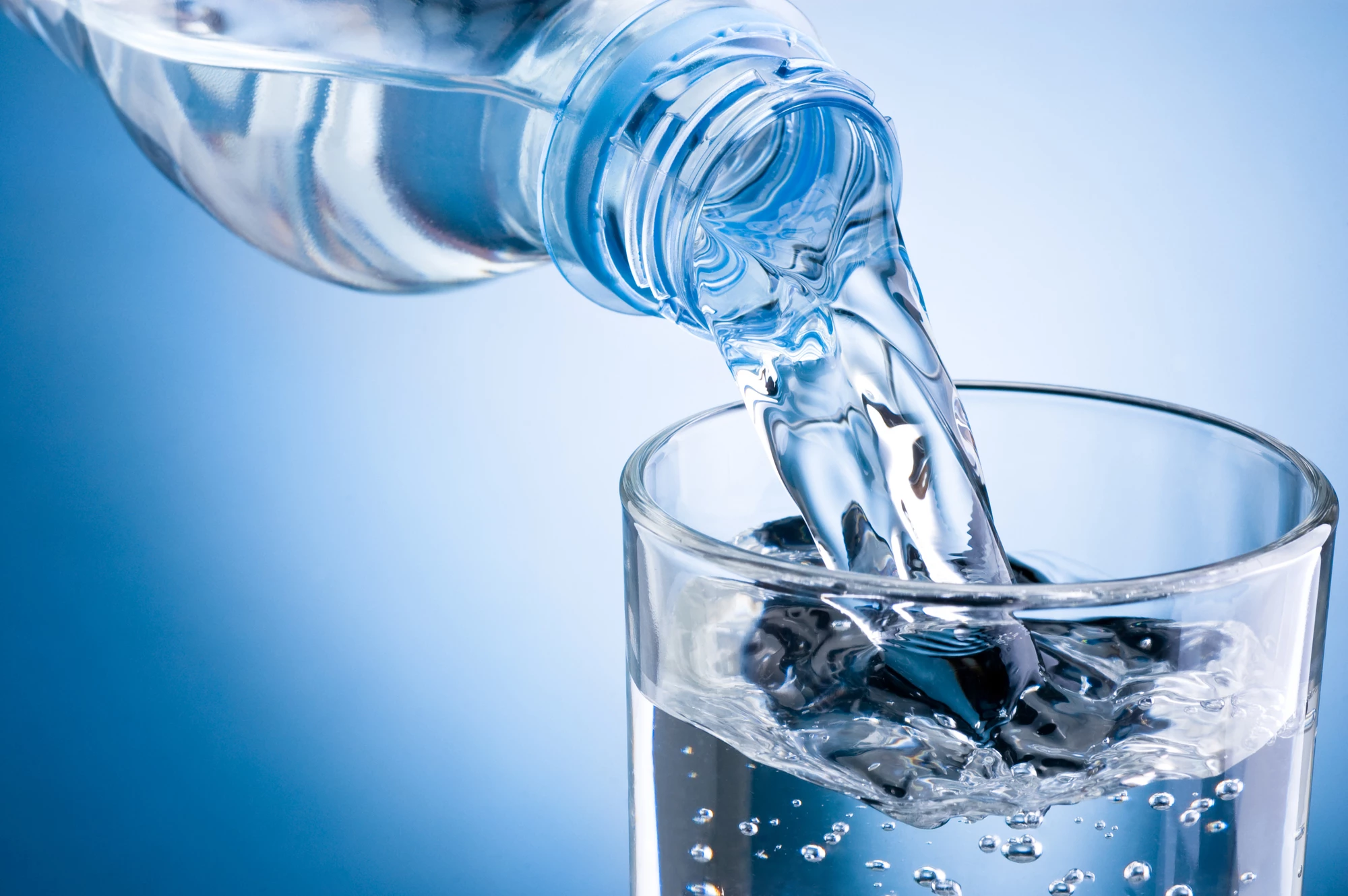PFAS are among the most insidious pollutants, thanks to their ubiquity, their long life and their growing list of linked health concerns. But now researchers at the University of California, Riverside have developed a new method to break them down more effectively, using hydrogen and UV light.
PFAS is a group containing thousands of chemicals that are heat-resistant and water-repelling, and so have been commonly used for decades in everyday items like non-stick cookware, food packaging and waterproof clothing. Unfortunately, these chemicals are increasingly being linked to a range of health problems, such as cancer.
In further bad news, PFAS is made up of very stable molecules, giving them a long life and the nickname of “forever chemicals.” All up, that makes exposure hard to avoid, with a recent study finding that PFAS levels in rainwater all over the world exceed the threshold that the EPA considers safe.
As such, finding ways to break down these chemicals is a key area of research. Recent advances include using supercritical water or chemical reactions that target the “Achilles’ heel” of the molecules, but the most common method is to add a catalyst then expose the mix to ultraviolet light.
The new method falls under the same broad category. First, extra hydrogen is added to water contaminated with PFAS, which polarizes the water molecules and makes them more reactive. Then, exposure to UV light triggers chemical reactions that break down the pollutants.
In tests, the technique was found to boost the degradation of one PFAS form, called PFOA, from 10% to 95% compared to other UV treatment methods, and defluorinate up to 94% of the molecules. Importantly, the team says that no dangerous byproducts are created in the process.
“After the interaction, hydrogen will become water,” said Haizhou Liu, corresponding author of the study. “The advantage of this technology is that it is very sustainable.”
The team has received a grant to work on scaling up the technology to test it on larger volumes of water, with the hope that it could eventually be used to treat drinking water and industrial wastewater.
The research was published in the Journal of Hazardous Materials Letters.
Source: UC Riverside




